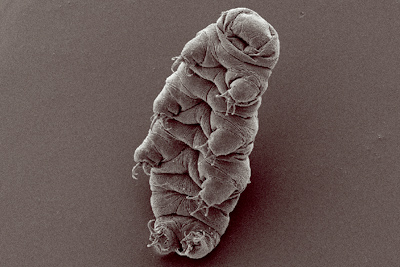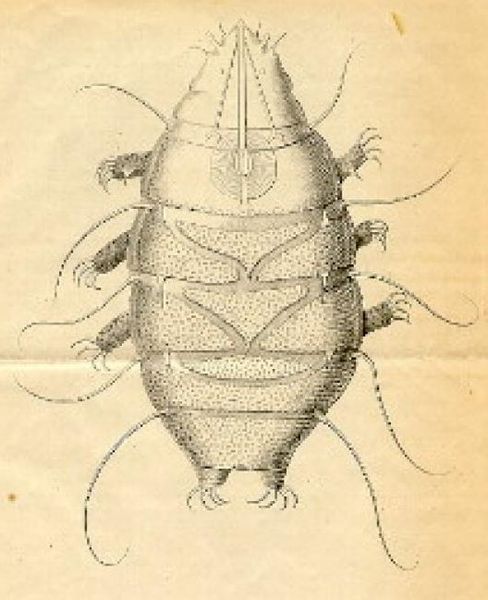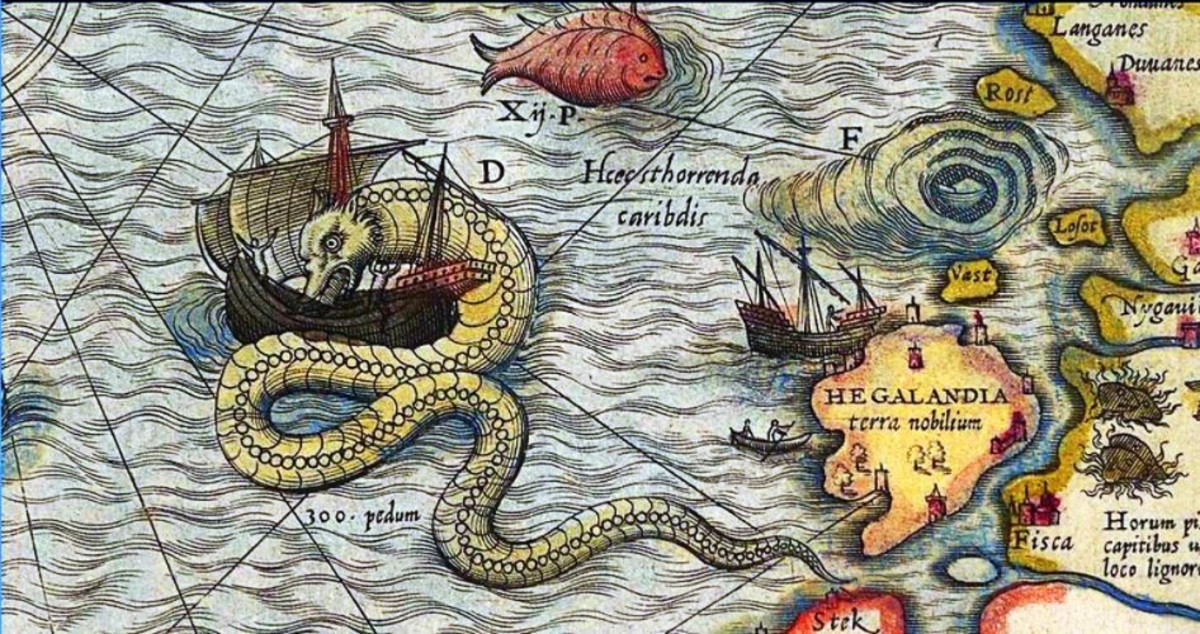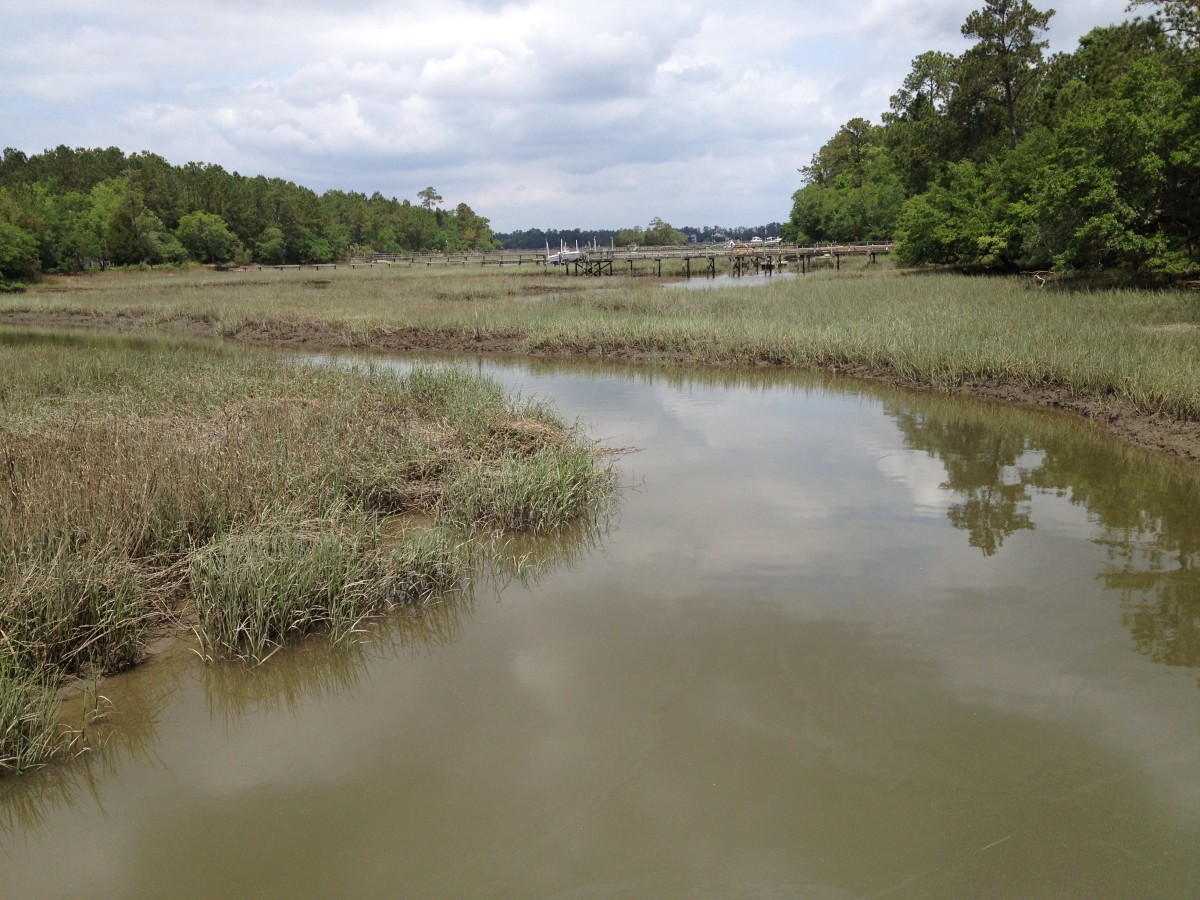What are Water Bears? Tardigrades survive extreme temperatures, radiation and lack of water
Water Bears, Tardigrades or Moss Piglets
You may never have heard of a Water Bear or seen one but these amazing animals live all over the planet and can withstand extremes that no other forms of life could tolerate. These minute eight-legged creatures are also known as Tardigrades and “Moss Piglets.”
Water Bear species have been found at the tops of the Himalayan Mountains, at the depths of the deepest oceans and in polar ice. They can survive in deserts too, and have tolerated temperatures as high as 151 °C(304 °F). They are adapted to every habitat on this planet it seems.
Water Bears can withstand radiation exposure, 1,000 times higher than any other form of life, and can go without water for over 100 years according to reports. They can also stand up very well to chemical poisons. You name it, it seems these very tiny creatures can survive it better than any other life-forms we know of. They have even been sent into Outer Space for 10 days and returned unharmed.
Water Bear

Water Bears described
Water Bears are really minute with the largest adults being 1.5mm and the smallest types at only 0.1mm. They have eight legs to their segmented bodies and four to eight claws on each of their feet.
Water Bears have brains and many species have rudimentary eyes as well. They are also equipped with sensory bristles on their heads and bodies. These microscopic creatures can think and see to some degree.
Water Bears are found in a very wide range of environments. As long as there is some sort of moisture in an environment it seems they can live there. They live in the soil, in fields and forests, in sediments in freshwater and in the sea, in sand dunes and on beaches.
They can be found living in walls and are commonly discovered in lichens and in mosses, hence their alternative name of Moss Piglets. Soaking moss in water will reveal them and as many as 25,000 of them can live in a litre.
It is said that some moss that had been stored in a museum for 120 years in a dried out state was found to have living Water Bears in it when it was immersed in water and studied.
Zoologists classify Tardigrades in the Phylum Tardigrada and the Superphylum Ecdysozoa. They were first discovered and described back in 1773 when Johann August Ephraim Goeze called them “Wasserbär,” which in German means Water Bear. The way they walk is thought to be similar to how bears move along.
Tardigrada means “slow walker” and this name was given to the minute creatures by Lazzaro Spallanzani back in 1777.
Water Bears have to moult the cuticles they are covered by as they grow. This may happen as many as 12 times in the life of a Water Bear. They live from three to thirty months, according to Wikipedia, but if they were in a state of dormancy to survive extreme conditions this could be a lot longer.
Water Bears have tubular mouths and they feed on the contents of plant cells, on algae, bacteria and on other minute animal life.
Tardigrade reproduction
Although Water Bears have both males and females, many species can reproduce by parthenogenesis where males are not necessary, and they would then produce only daughter Tardigrades. Presumably this is another amazing survival mechanism they possess.
Water Bears lay eggs and these are laid into the cuticle of the female at the time of moulting. In many species they stay there to develop but other types attach the eggs to the substrate they are living on.
The eggs hatch in less than 14 days and the baby Water Bears have the total number of cells they will need as adults. The tiny animals grow larger not in the usual way of cell division but by the thousands of cells they have all enlarging in a process known as hypertrophy.
Tardigrade

The water bear (tardigrade), the most extreme animal on our planet
Water Bear news link
- 'Water bears' are first animal to survive space vacuum - space - 08 September 2008 - New Scientist
The tiny invertebrates, also known as tardigrades, survived in the vacuum of space for 10 days
Super Powers of the tiny Water Bear
Water Bears truly have super powers by our standards. They go into a state of suspended animation and dormancy when less than 0.01% of normal body metabolism is in operation. In other words they are very nearly dead!
They have been known to survive being heated for a few minutes to as high as 151 °C (424 K), and at the other extreme, being chilled for days at -200 °C (73 K), and even for a few minutes at -272 °C (just ~1 degree aboveabsolute zero)
Water Bears can withstand fantastic pressure extremes. They can survive extremely low pressures including the vacuum of space and equally high pressures more that 1,200 times that of atmospheric pressure. It is said that they can also live after being subjected to pressures of 6,000 atmospheres, which is six times the pressures in the Mariana Trench in the deepest part of the oceans.
In extremely low temperatures Water Bears can lose most of their body water down to just 3%. This enables them to withstand being frozen.
In September 2007, Water Bears were sent into low Earth orbit on the FOTON-M3 mission and endured being exposed to the vacuum of space for a period of 10 days. After being rehydrated back on Earth it was found that as many as 68% survived of the specimens that had been protected from UV solar radiation, and a small number withstood being exposed to full UV solar radiation without any protection. More recently in November 2011, Water Bears were among organisms sent on the Russian Fobos-Grunt Mission to Phobos, which is one of the moons of Mars.
Their ability to withstand radiation exposure is phenomenal too. Water Bears can tolerate being exposed to 6,200 Gy (Gray units) of heavy ions, whilst only 5 to 10 Gy would kill a human being.
With these extraordinary survival abilities that Water Bears have it is obvious they will be around no matter what disasters happen here! Yet these tiny little animals that live all over the world remain unknown to most people!
© 2012 Steve Andrews








